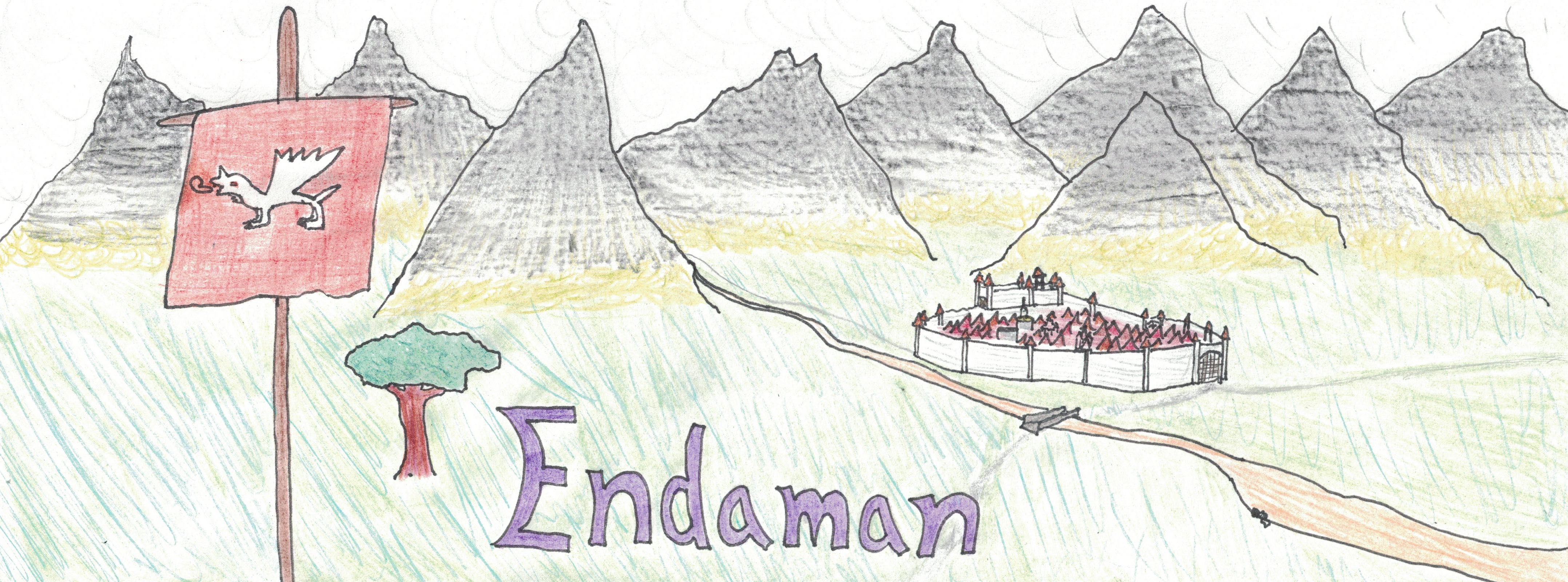Hayim
"Before I could leave for Limbo, I had to collect some rare books from the Bindi library for a friend. Quickly teleporting over to Bindi marketplace, I became lost almost immediately in a sea of tall humans of dark skin and strange clothing. I knew that the library was at the north end of the plaza, but it was nearly impossible to navigate the crowd of people. It was like trying to swim upstream when you can barely tread water! At one point, I nearly crashed into a stall selling roses. The shopkeep began to speak in rapid-fire Hayimic, which I had never gotten around to learning. I tried to apologize in my broken Hayimic, but he kept trying to get me to buy roses. I eventually just left to try to get to the Library anew..." ~ Alan the Adventurer, Tales of Discovery on Earth
Naming Traditions
Feminine names
Serin, Alana, Kharem
Masculine names
Sari, Yantar, Sréafen
Culture
Major language groups and dialects
Culture and cultural heritage
The Hayim fled their homeland a thousand years ago, if the tales are true, and brought their different customs and language to the continent of Endaman. There, they have remained true to their roots, refusing to join the Four and keeping their old gods. Many poems and books have been written about love, giving it a spot in the public consciousness as the centre of existence.
Shared customary codes and values
The Hayim people are obsessed with love, shown through their prolific poetry and novels depicting fleein lovebirds or lost love. There is a unspoken rule that people should only marry those that they want to spend the rest of their lives with. This passion bleeds into their love of roses, as giving a rose to one's beloved is a common motif in these stories.
They are also passionate fighters, with military training almost being a religious journey to finding the perfect weapon or fighting style. Those who are mages are held to a similar standard, with flashy movements and beauty being placed above practicality.
Common Etiquette rules
Common Dress code
Birth & Baptismal Rites
Children are usually delivered at home or a specialized birth hospital. The family then will celebrate the birth of the baby with a small celebration that night, at the conclusion of which the parents will give their child a name. The next day, the family will take the baby to a curate, who will baptize the baby in a local river or a sanctified basin if there is no river nearby.
Funerary and Memorial customs
Hayim people hold relatively simple funerals. The deceased is sprinkled with rosewater and then cremated. The ashes are then scattered over a local flower meadow or river while a curate delivers a prayer for the soul of the dead person. There is a ten day period given for the family to grieve, with friends and the community providing them with food and helping keep the house clean for them.
Common Taboos
Common Myths and Legends
Historical figures
Encompassed species
Related Organizations
Languages spoken
Related Locations
Remove these ads. Join the Worldbuilders Guild









Comments